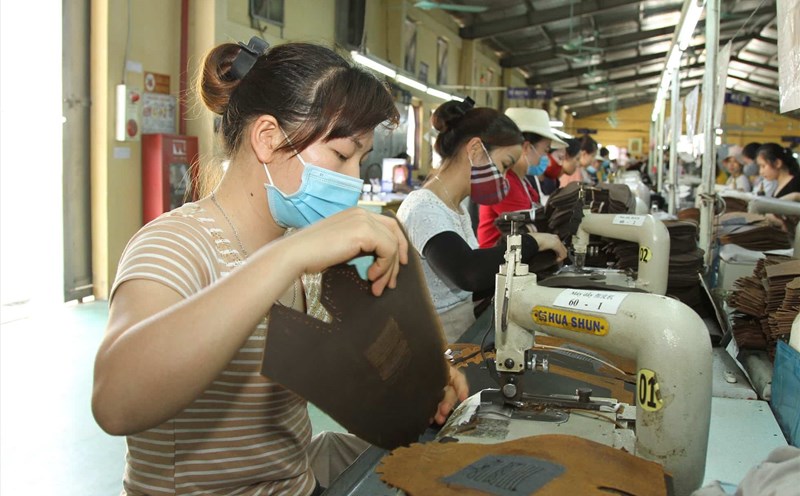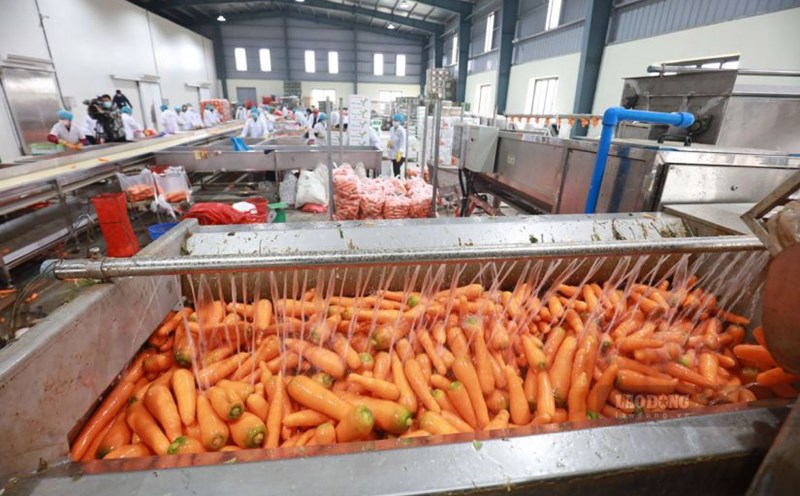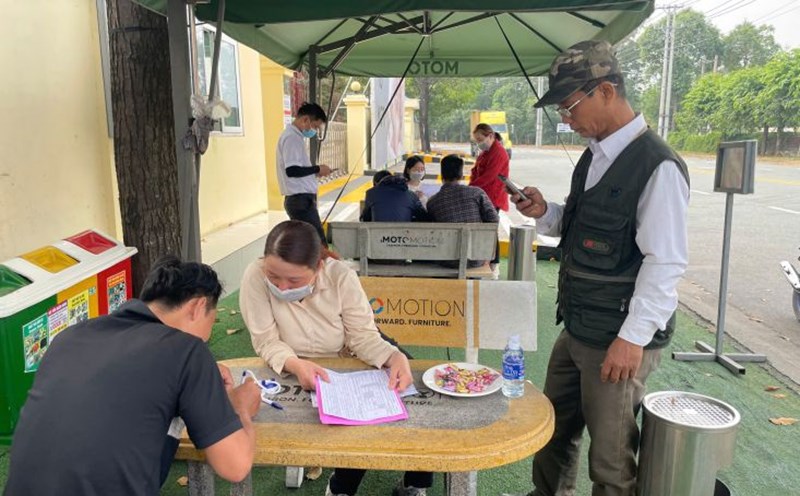While many new economic sectors such as high-tech agriculture, eco-tourism, renewable energy, etc. are being prioritized by Son La province for development, the problem of high-quality human resources is still one of the major "bottlenecks" that makes the local economic restructuring process difficult.
According to statistics, the rate of trained workers with degrees and certificates in Son La province is currently only about 27%, much lower than the national average. Notably, the highly qualified labor force in Son La is still thin, distributed unevenly, mainly concentrated in urban areas or in the administrative - career sector, while the business sector, cooperatives and remote areas are in a state of "thirst" for specialized human resources.
In Moc Chau district, the place is oriented to become an agricultural and tourism driving zone. However, currently, businesses investing in the high-tech sector are facing many difficulties in recruiting human resources with practical skills, technical knowledge and the ability to adapt to digital technology.
Mr. Le Tien Quan - Deputy Director of the Department of Education and Training of Son La province said that to remove this bottleneck, Son La province is studying many synchronous solutions such as: innovating vocational training programs in a practical direction, associated with the specific needs of each local economic sector; expanding the dual training model; building a database on the labor market to regulate enrollment targets in accordance with reality.
Most recently, on June 20, the Union of Science and Technology Associations of Son La province coordinated with the Department of Education and Training to organize a consulting workshop on "Solutions for training human resources according to the needs of the labor market and employment in Son La".
At the workshop, many opinions proposed specific groups of solutions such as: strengthening cooperation between educational institutions and businesses in program design and training organization; innovating teaching methods in the direction of practice associated with practice; expanding training according to usage address; improving capacity to forecast the labor market and having a mechanism to encourage businesses to participate in vocational training.
In particular, linking training with the development orientation of the province's key economic sectors is considered a strategic direction. Accordingly, the province needs to clearly identify priority sectors and fields, thereby planning training by region, by specific skill group, aiming to provide quality labor on the spot.
In addition, the province also needs to have long-term policies to attract highly qualified workers from other places to work, especially in key industries such as: rural logistics, digital economy, ecological agriculture, high-quality education.
"Solving the problem of human resources, especially high-quality human resources, cannot be done in one day or two, but if it does not start today with specific actions, Son La will find it difficult to make a strong progress on the development map of the midland and mountainous areas of the North" - Mr. Quan shared.












